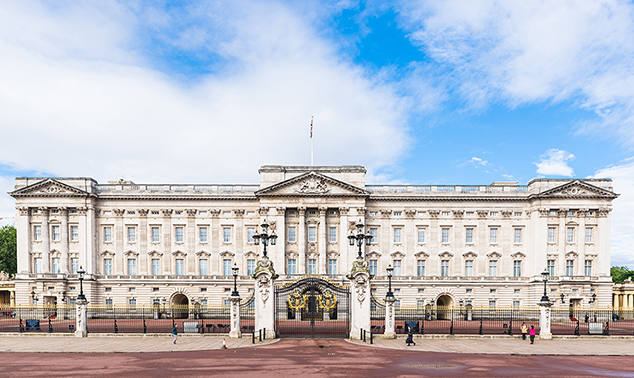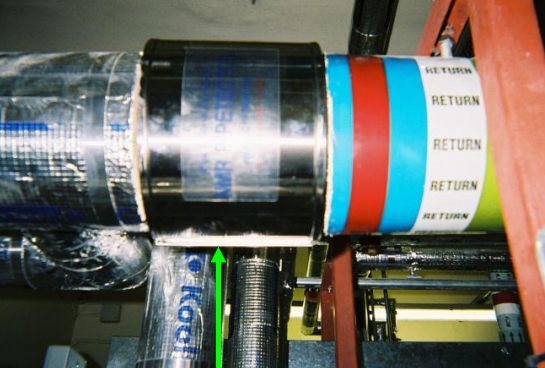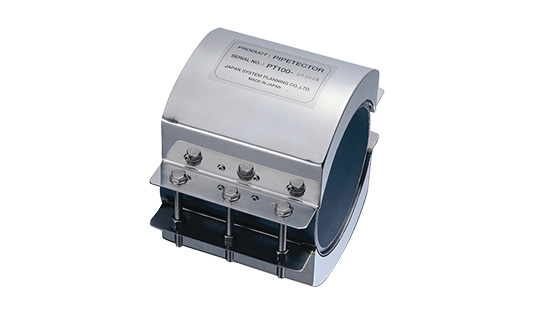Background
Water is essential in our daily lives not only for drinking purposes but for maintaining a clean and comfortable environment. This is not an exception for royal family residents.
We would like to introduce the case study at the British sovereign’s residence in London: Buckingham Palace.

About the palace
Have you seen the English royal family lining up at a gorgeous building on special occasions, such as Prince William and Catherine’s wedding ceremony? That is Buckingham Palace. Located in the center of London, the palace attracts tourists as the guards in bright red uniforms and with tall black hats march around the property. As one of the most iconic buildings in the UK, it is an official residence of the British royal family and is also currently the home of Queen ElizabethⅡ.

History
Buckingham Palace was called the Buckingham House when it was built in 1703 by the Duke of Buckingham the 1st. The house had not been owned by the royal family until King George Ⅲ took it over in 1761.
It was a luxurious mansion, but the king preferred to keep his home simple and removed ornate decorations from it. However, his son King George IV commissioned architect John Nash to start a thorough renovation. This included expansion works of buildings, rebuilding of the old tower, construction of the Arc de Triomphe a.k.a. the Marble Arch and a center room filled with jewelry.
The ownership of Buckingham Palace was then passed on to young Queen Victoria, later known as the mother of the British Empire. Surprisingly, the renovation was not finished at the time. It was such a massive project that it took 12 years for completion. Eventually, the renovation work did not finish until her husband Prince Albert completed it. The palace became an official residence of the royal family when the queen moved in as she ascended the throne in 1837.
Later on, her children Edward VII, George V, and Queen Mary renovated the palace to the form as it is nowadays. It is a large residence with a site area of 10,000 ㎡, 775 rooms and 800 staff members working day and night for the queen of England.

Importance of the Palace
Buckingham Palace has as many staff members because it houses the queen’s office, reception rooms, administrative headquarters, museums and ballrooms, all of them being used as the royal family’s official business.
The business includes hosting royal ceremonies, celebrations, state events, banquets, and welcoming state guests from other countries. It is said that 40,000 guests are invited annually. The palace symbolizes the authority of the British monarch for sure.
Foreign leaders, authorities and celebrities from various fields use bathrooms and toilets at the palace. Now, imagine if they saw discolored water coming out from faucets in such a place. The palace had to take action.

How Pipetector penetrated into the sovereign
Harrods, a long-established department store, was responsible for introducing Pipetector to Buckingham Palace. How so? Let’s see this in detail.
The store has satisfied many famous people such as Charles Chaplin, Laurence Olivier and Vivien Leigh. Japan’s Mitsukoshi department store, currently Isetan Mitsukoshi, is said it was modeled after Harrods. In March 2006, however, red water was seen coming out of the store’s toilets. The cause was identified to be red rust inside the store’s hot water supply pipes. To handle the issue, the department store hurried to install Pipetector. The results were remarkable as no new red rust occurred once Pipetector was installed. The water discoloration was completely eliminated in about a month and a half.
Being impressed by the outcome, executive officers at Harrods decided to introduce Pipetector to Windsor Castle, which also had a red rust issue. Windsor Castle, located in southeastern England, is one of the world’s largest and oldest castles still in use today. During the reign of Queen Victoria, it was used as one of her guest houses. In November 2006, the castle installed Pipetector on its hot water supply boilers located at the Queen’s Tower where Queen Elizabeth Ⅱstays every weekend. The reddish-brown water became transparent in 42 days in the end. With this, the person in charge at the castle decided to introduce Pipetector to Buckingham Palace, which was suffering from red rust problems as well.

Results
The palace was using galvanized steel for both air-conditioning and hot tap water pipes, but they had to be replaced due to the deterioration caused by red rust. However, because the renewal was limited to partial area, the deterioration issues still remained. Reddish-brown water was still coming out of the hot water pipe directly connected to Queen Elizabeth’s bedroom taps. Therefore, the palace installed Pipetector in January 2007 in the hope that it could fix the problem.
Before the installation, the iron level in the air-conditioning heating water pipe was 16.6 mg/ℓ. The value was so high, it was obvious that a large amount of red rust was developing within the pipes. However, the level dropped to 0.46 mg/ℓ in 24 days, way lower than the British water quality regulation for air-conditioning systems set at 1.0 mg/ℓ. The water discoloration was also rectified.
Simultaneously, the level which was 2.8 mg/ℓ in the hot tap water before the installation, was reduced to 0.018 mg/ℓ in 24 days. This is significantly lower than the water quality standard regulation for hot tap water set at 0.2 mg/ℓ. The water discoloration became crystal clear as well.
These results indicate that Pipetector demonstrated its red rust prevention effectiveness without a doubt.

Cost merit
Pipetector has excellent cost merit. Without Pipetector, it will take a long time and cost to solve the problems induced by red rust development. For example, the cost of replacing pipes in an apartment building is about 600,000 to 1,000,000 yen per family. But Pipetector can cut it down to 1/5 or even to 1/10.

Conclusion
Even though your hotel or hospital is not meant to welcome kings and queens and state guests like Buckingham Palace, you still want to provide your guests and patients with safe and clean water.
Pipetector can solve the development of red rust in both time and money-wise ways, just like we did at Buckingham Palace.
If you are bothered by red water or water leaks, do not hesitate to contact us.

Related links
- Buckingham Palace – Japan System Planning Co., Ltd
- NewswatchTV – Pipetector on Youtube
- Pipetector as complete protection against corrosion – Top 10 Corrosion Solution Companies – 2020
